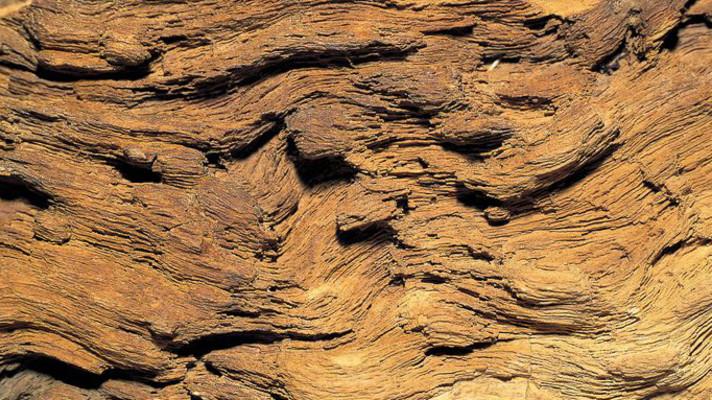The oldest mercury mine in the world - Almaden, Spain
Almaden is the oldest and largest mercury mine in the world.

Mercury deposits at Almadén account for the largest quantity of liquid mercury metal produced in the world. Its total production from historical times is approximately 250,000 metric tons, which is approximately one third of the entire quantity produced by humans. Almadén is to about 200 km to south of Madrid in the province of Ciudad Real in the Brown Mountain range. Mercury has been mined at Almaden for more than 2,000 years.
The Romans used cinnabar for pigment. During the Arab domination of Spain, mining activity continued with mercury used mostly in medicine and in alchemy. The Moors operated the mine during between the 8th and 13th centuries. In the 12th century, the mine had reached a depth of 450 meters and had more than 1,000 workers. In the middle of the 13th century Almadén was recaptured and held by Spanish Christians. Precise data do not exist for the production of the mine between the 13th and 16th centuries, but only about a ton of ore per per day was mined due to the miniscule use of the mercury at that time. In the middle of the 16th century, the amalgamation method of obtaining of gold and the silver was discovered causing thus causing a major expansion in the size of operations.
Mercury became very valuable because of its use in the amalgamation process used to remove gold and silver in the Americas. Almadén developed into an important mining and industrial city, and contributed major resources to the Spanish expansion in the Americas. During the 16th and 17th centuries, the mine belonged to German bankers who introduced numerous innovations. Most of produced mercury, was sent to Seville, from where it embarked to America.
From the 17th century, the production of the mines diminished because of exhaustion of the mineral near the surface. In January 1755, a fire started that burned in the mines for more than two years, killing many people.

By the early 19th century, labor problems arose and tensions developed due to the bad Spanish economic situation. The mines were sold to the family of Espeleta in Bordeaux. In 1835 Rothschild began the auction of mercury in London and the economic situation at Almaden improved. In 1916, a special Council was created for operation of the mines, and numerous technical and safety improvements were introduced. After the Spanish Civil War, the mines reached the record of their production in 1941 with 82,000 mercury flasks. In 1981 the Spanish government created the company Minas de Almadén y Arrayanes, S.A. to operate the mine.

ZDROJ:www.hgtech.com
